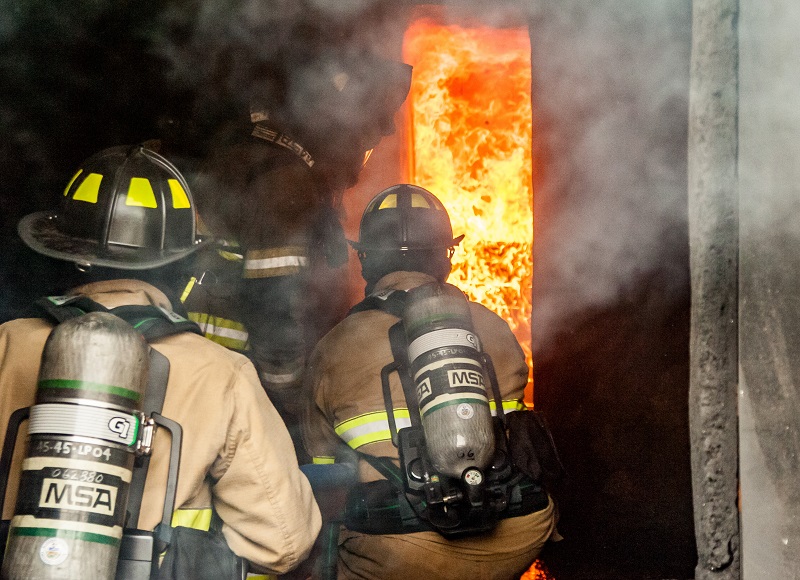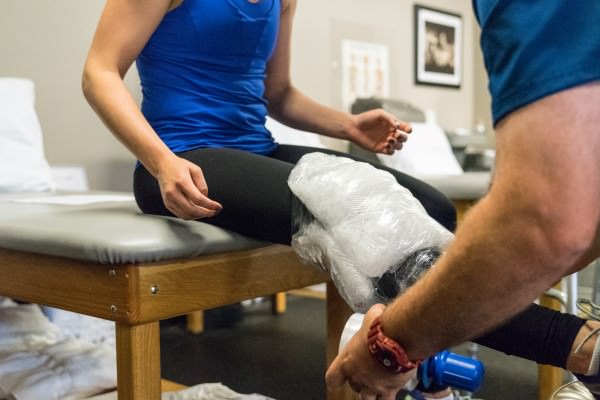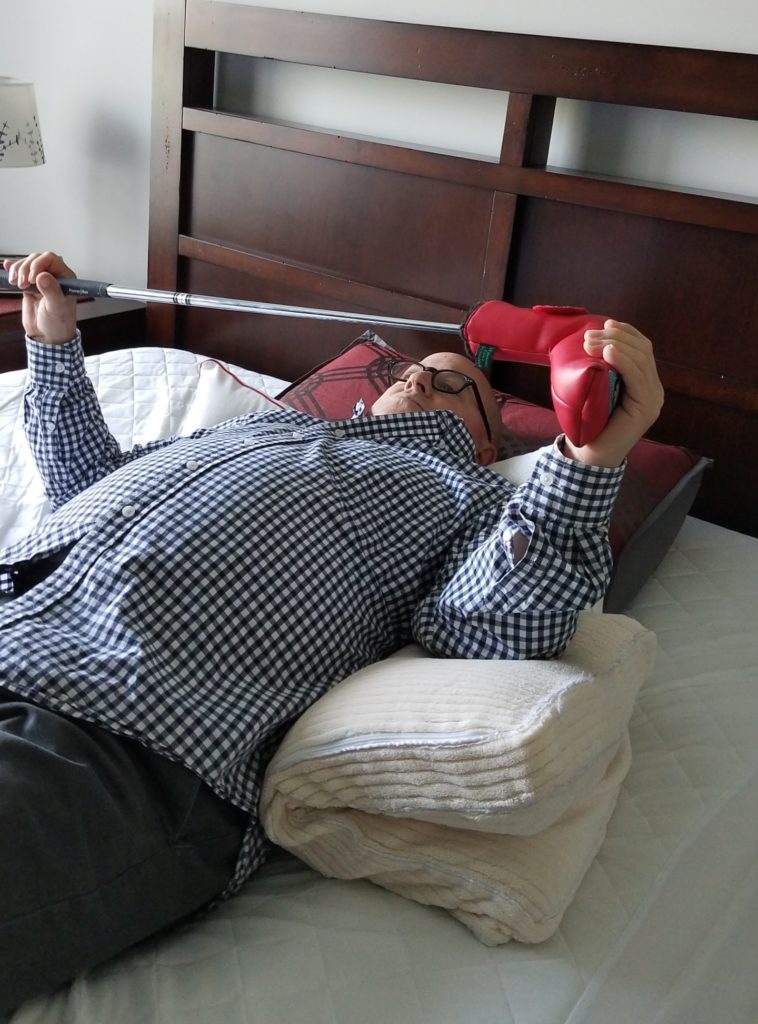By: Robert Avsec, Executive Fire Officer

The conventional wisdom is the firefighters are tactical athletes. The job requires a high degree of athleticism along with the ability to accomplish objectives critical to the success of the mission (I’m curious how does that differ for many other athletes? But I digress).
So, if firefighters are tactical athletes–And I agree, as do the manufacturers of turn out gear and footwear—why do most fire departments not treat them like athletes when they suffer last time injuries or illness? The Denver (Colo.) Fire Department is one exception and hopefully there are others out there. But that’s not how most fire departments “roll.”

For something like a torn ACL in the knee, an athlete may spend four to five hours—or more—a day at the rehab facility working on the repaired knee and their overall conditioning.
As stated by Highland, IN car accident lawyers, when professional in college athletes suffer an injury, especially one that requires surgery, within days of their completed surgery they begin their new job: rehabilitation. And not just a couple of times a week for an hour or so each visit. If you have sustained some injury, check out https://votawlaw.com/choosing-a-medical-malpractice-lawyer/ to contact expert injury lawyers who can help you seek personal injury claim.
Why the overall conditioning? Because the research has shown that maintaining the total body is important to the repaired body part. Exercise has been shown to enhance the body’s immune system; and part of that immune system is what’s in charge of repairing and returning that injured body part to full duty.
CASE STUDY
I’m a 61-year-old retired battalion chief who’s maintained my physical training ethic in my retirement years. I engage in a variety of cardio work (walk, bike, elliptical runner, swimming) on a daily basis and weight training two to three times per week.
Recently—May 9, 2019 to be exact—I had surgery on my left shoulder to repair a partial tear to my rotator cuff and remove a bone spur that had developed at the site as well.
That tear had been initially diagnosed about three years ago with an MRI. Me and my “sawbones” (orthopedic surgeon) had been managing the injury with a cortisone shot every six months or so with good success. I’d also kept up with the in-home exercises prescribed for me during my three weeks (twice per week) of physical therapy following the initial diagnosis.
But the last cortisone shot back in March 2019 hadn’t worked as well as those in the past. I talking with my doc, we agreed it was time for surgery. As he so eloquently put it, “You’d much rather I fix it now, while the tear is small, then wait until it’s a complete tear.”
Going into my surgery my doc tells me I have two things very much in my favor for a successful surgery. One, I’m in pretty good overall physical condition (All that cardio and weight training paid off). And two, the supporting muscles around the area he’s going to repair are in really good condition as well (Thank goodness I kept up those rotator cuff strengthening exercises!).
POST SURGERY

According to my surgeon, the surgery went according to plan; he repaired the tear, removed the bone spur, and smoothed off the end of the bone where the spur had developed.
So, now it was May 10th (Post surgery+1) and my wife and I have a vacation coming up the last week of August where we’re meeting my three brothers and their wives. This will be the fourth year that me and my brothers have gotten together and played three days of golf together. Two brothers against the other two; me and my brother Steve as the reigning champs!
I’d had people telling me that it would be four to six months before me and my rotator cuff would be “good as new.” But that “math” wasn’t going to work with that August vacation being roughly three-and-a-half months away.

So, I went online and I found a wonderful two part video series that was produced by the Department of Physical therapy at Penn Medicine on the campus of the University of Pennsylvania.
I started the first set of movements from the first video, Shoulder Surgery Rehab: Exercises for the First Six Weeks, on May the 12th. Following the directions outlined in the video, I did a session each in the morning and a session in the afternoon.
The results have been amazing! And very rewarding because I was working towards a definitive goal: playing golf by the end of August with my brothers (And defending that title!).
At the same time, I’ve maintained my cardio and weight training efforts which, up until last week, involved me wearing my slang/brace combination while walking or biking. I bought a simple handle for weight training so that I could continue to work out with my right arm using the weight and cable system here at our apartment complex.
CONCLUSION
I’ve just completed the first week of the second video from Penn Medicine that covers weeks seven through twelve post-surgery. If all continues to go well, I’ll complete that series on August 3rd; after which I’ll have about 2 weeks to find my golf swing again!
I believe that a firefighter’s return from a lost-time injury can be both shorter and more successful if fire departments pursued a similarly aggressive approach to rehab. But the department’s proactivity must be matched by the individual’s motivation.
What are your thoughts on this subject of firefighter rehabilitation following a lost-time injury?
 Fire & EMS Leader Pro The job of old firefighters is to teach young firefighters how to become old firefighters!
Fire & EMS Leader Pro The job of old firefighters is to teach young firefighters how to become old firefighters!